I finetuned pytorch torchvision model = torchvision.models.detection.fasterrcnn_resnet50_fpn(pretrained=True) on my own custom dataset.
I followed this guide https://pytorch.org/tutorials/intermediate/torchvision_tutorial.html#torchvision-object-detection-finetuning-tutorial but only trained Faster RCNN, not Mask RCNN.
I successfully finished training with no error, and the model returned a dict containing predicted boxes, labels, and scores.
In the guide I followed, they show how to visualize masks predicted by the model trained. Is there a similar method to visualize bounding box? I'm having a lot of trouble figuring this out.
Thank you
